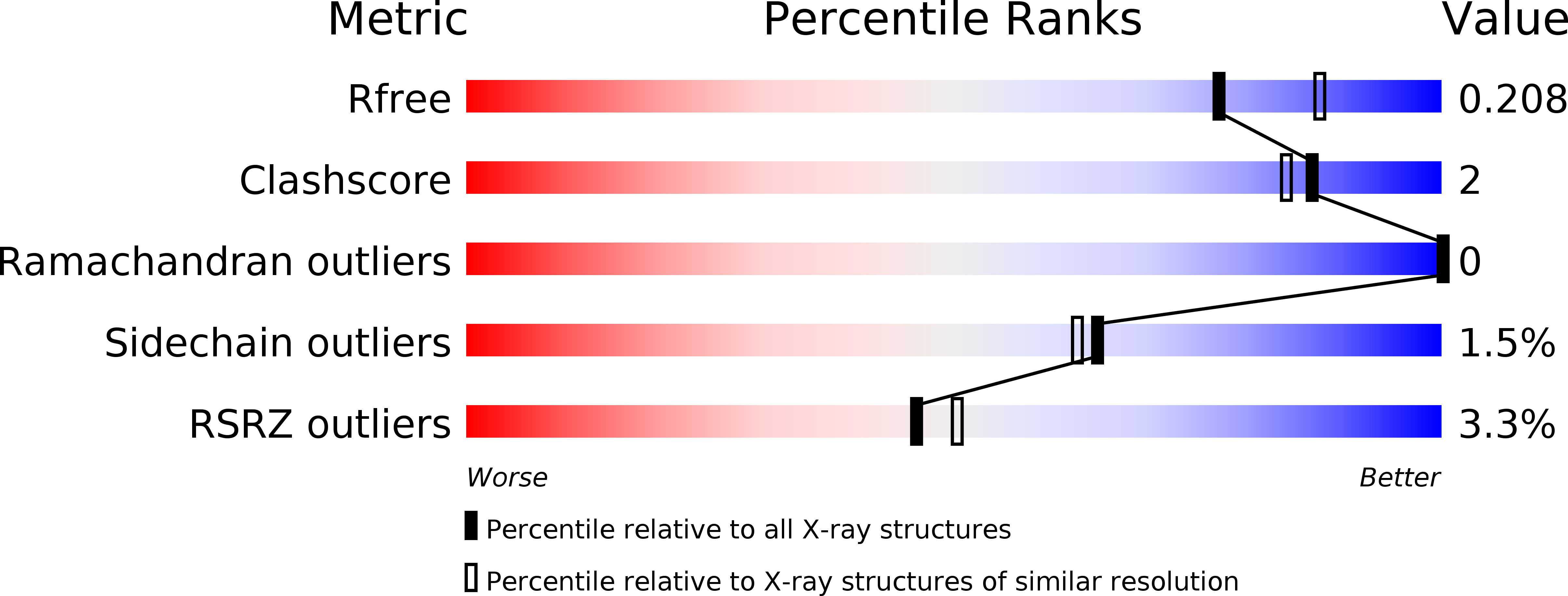
Deposition Date
2013-08-06
Release Date
2014-03-05
Last Version Date
2023-11-08
Entry Detail
PDB ID:
4M35
Keywords:
Title:
Crystal structure of gated-pore mutant H126/141D of second DNA-Binding protein under starvation from Mycobacterium smegmatis
Biological Source:
Source Organism:
Mycobacterium smegmatis (Taxon ID: 246196)
Host Organism:
Method Details:
Experimental Method:
Resolution:
2.05 Å
R-Value Free:
0.20
R-Value Work:
0.17
R-Value Observed:
0.17
Space Group:
H 3 2


